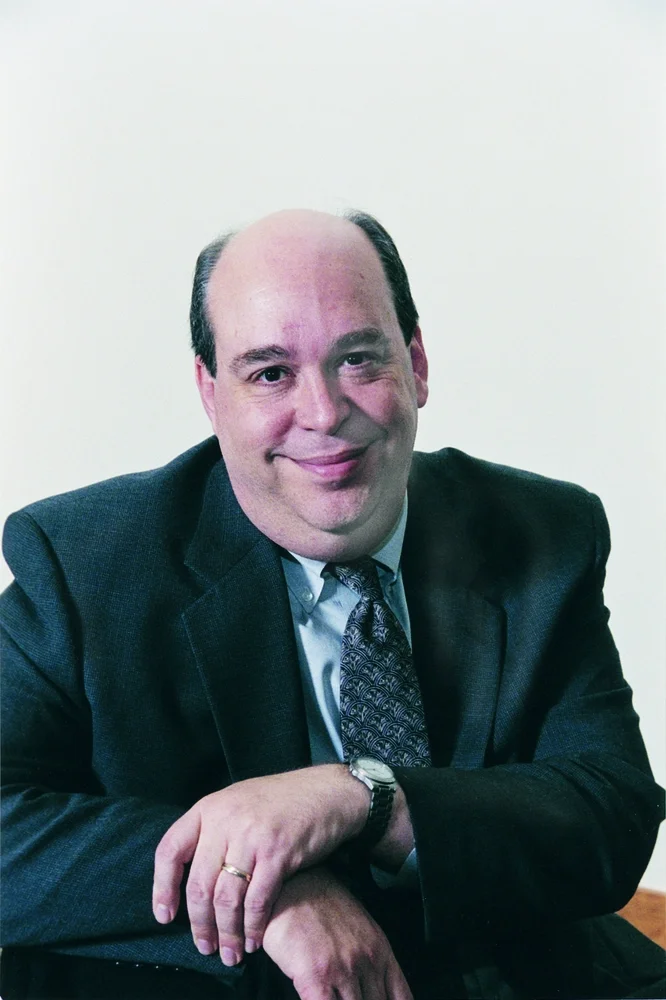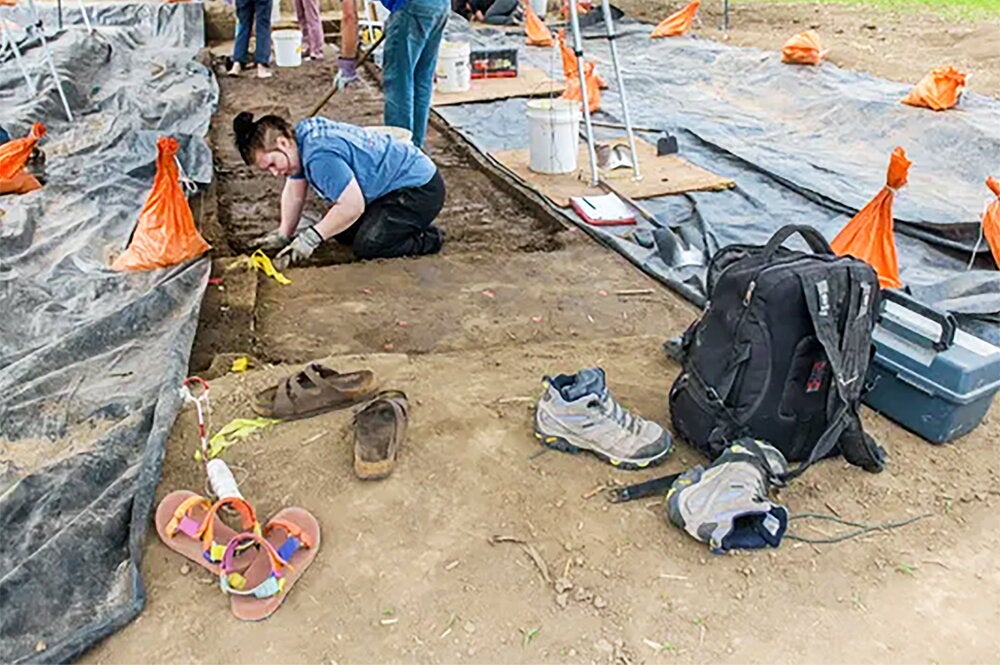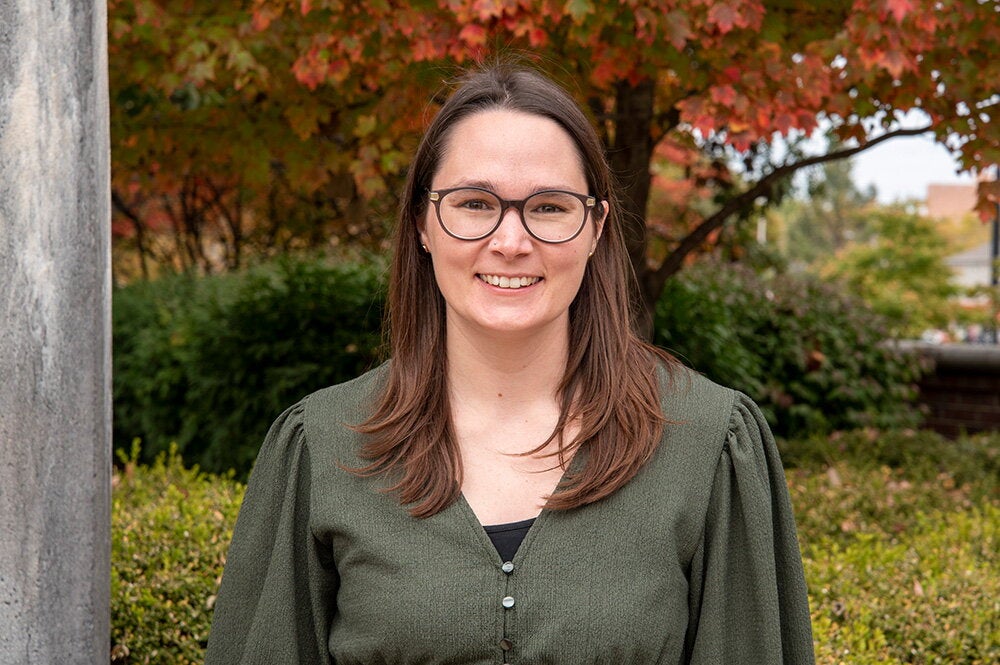
The brain is Clifford Saper's domain. And a complicated domain it is. Packed into three pounds of tissue are hundreds of billions of nerve cells, linked by trillions of connections into a network more intricate than any computer circuitry.
Over the past three decades, Clifford Saper (BS, MS, '72, biology) has been recognized as one of the world's foremost neuroanatomists for his work in mapping much of the brain's complex circuitry. His neural maps have led to advances in treating obesity, Parkinson's disease, Alzheimer's and schizophrenia. In the 1970s, he identified the feedback loop between internal organs and the brain that translates emotions into physical responses. Recently, his research team discovered a "sleep switch" in the brain that turns off arousal systems so that sleep may occur. This discovery alone essentially has redefined scientists' understanding of how the brain regulates sleep.
Saper isn't trying to tackle the entire brain. Most of his work has focused on the hypothalamus, the walnut-sized structure deep in the brain's core. It regulates such basic life functions as hunger, satiety, body temperature, and sleep and wakefulness. The racing heart, sweaty palms and tight stomach associated with fear are other examples of the hypothalamus at work. When Saper began his research on brain circuitry in the early 1970s–as an undergraduate at the University of Illinois—scientists had only a vague notion of how the hypothalamus was "wired"; that is, how each nerve cell was connected to the others. By the time he finished his graduate work in neurobiology at Washington University in St. Louis, though, he provided them with the first accurate wiring diagrams. Over the next two decades, he identified many of the specific paths along which nerve signals traveled when carrying out functions and the specific chemical messengers each neuron released along the path in order for the signal to move from cell to cell. This kind of knowledge has proved crucial to understanding how the brain manages, and sometimes mismanages, information.
"Brilliant" is a term often used to describe Saper, whose talents were evident even as an undergraduate. His advisor, Psychology Professor William Greenough, recalled his grasp of neural processes, "as such that you knew he would do extraordinary things."
When he graduated from U of I in 1972, Saper had earned both a bachelors and a masters degree in biology—and was recognized as an Illinois State Scholar, James Scholar, and Bronze Tablet Scholar. His PhD from Washington University in St. Louis was also accompanied by a doctorate in medicine. After holding faculty appointments at Washington University and the University of Chicago, he was recruited by Harvard University in 1992 to chair the Department of Neurology at its Beth Israel Deaconess Medical Center, which is one of the top neurology positions in the country. Soon after, he was named the editor of the Journal of Comparative Neurology, the journal of record for neuroanatomy. His list of awards is long and impressive.
Says Larry Swanson, director of the Neuroscience Program at the University of Southern California, "Clif is one of the leading clinical neurologists in America. He is a true giant."


